If you’re an English speaker, Dutch is one of the easiest places to start. Based on our language difficulty research, it falls into Category 1, meaning it’s relatively quick to pick up.
Before you rush off to download every Dutch app out there, let me pull you back in for a second. The biggest factor that can make or break your progress is the app you choose. In fact, some apps are all flashy gamification with little real learning, while others dump complex grammar on you before you’ve built any foundation.
So instead of wasting time (and money), here are 6 apps that actually work for Dutch beginners. I'll cover what they do well, where they fall short, and which ones are worth downloading.
- 6 Best Dutch Movies On Netflix For Learning Dutch Effortlessly
- What’s The Best Way To Learn Dutch On Your Own? [Guide]
- 18 Surprising Dutch Slang Words And Phrases
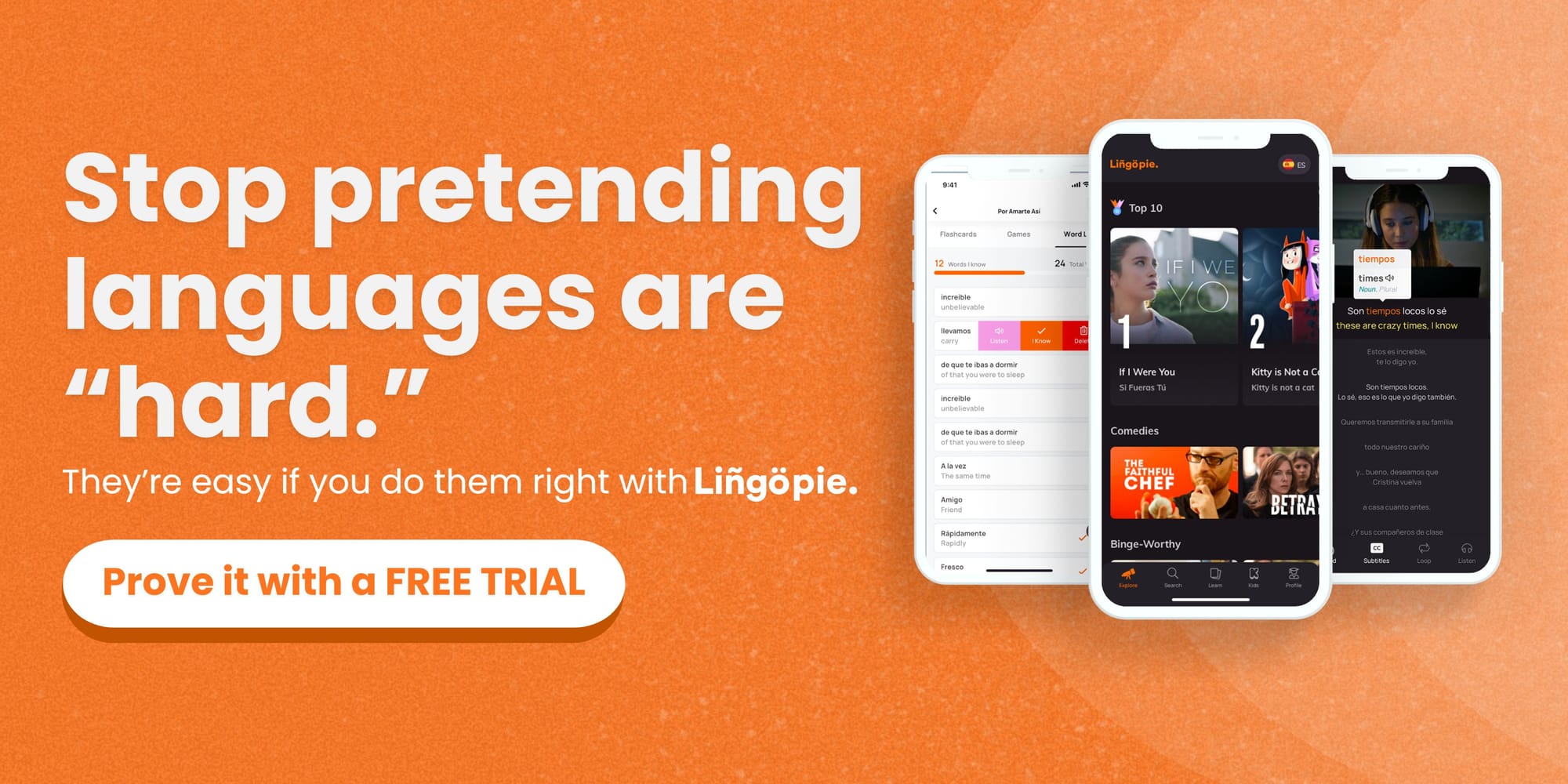
Criteria For Choosing The Best Apps To Learn Dutch
When evaluating Dutch learning apps, I focused on practicality above all else. The best apps help you have real conversations, understand native speakers, and navigate daily situations in Dutch-speaking countries—not just memorize vocabulary lists or complete gamified exercises.
Here's what I looked for in each app:
- Pronunciation practice - Dutch has tricky sounds like the guttural "g" that require targeted practice with native speaker feedback
- Grammar integration - How well the app teaches Dutch word order and verb conjugations without overwhelming beginners
- Speaking opportunities - Real conversation practice, not just multiple choice questions about dialogue
- Vocabulary relevance - Whether lessons focus on practical, everyday words versus random themed lists
- Cost value - What you get for free versus premium features, and whether paid tiers justify their price
Each app handles these elements differently, which is why finding the right fit depends on your learning style and goals.
Best Apps To Learn Dutch
Lingopie - Best app for compelling Dutch content

Lingopie makes learning Dutch feel natural by turning what you already enjoy (Dutch TV shows, movies, music, and podcasts) into a fully interactive language experience. Each title comes with clickable Dutch and native-language subtitles, so you can tap any word to see its meaning, hear its pronunciation, and save it as a flashcard. The result is an immersive, low-effort way to build real vocabulary and pick up authentic expressions while engaging with Dutch culture in its most vibrant form.
What sets Lingopie apart is how seamlessly it blends entertainment and study. You can slow playback to catch every word, track your progress over time, and build personalized vocab lists from the content that actually interests you.
For learners ready to move beyond basic drills, it’s an engaging way to absorb Dutch as it’s really spoken—keeping motivation high because every study session feels like a break, not a chore.
Best Feature: Interactive subtitles with clickable words and phrases
Rating: 4.5 on Trustpilot
| Pros | Cons |
|---|---|
| Learn through authentic Dutch shows, music, and podcasts | Best suited for A2+ learners rather than complete beginners |
| Interactive dual subtitles with instant translations | Occasional subtitle syncing issues |
| Available on mobile, web, and smart TVs | Content library varies by language |
| Netflix and Disney+ integration expands content options | Requires subscription for full access |
| Progress tracking and auto-generated flashcards | Pronunciation scoring can be a bit generous |
Preply - Best app for private Dutch lessons

Just like iTalki, Preply connects you with native Dutch tutors for one-on-one lessons, giving you real conversations instead of gamified exercises or pre-recorded content. With over 250 tutors to choose from, you can filter by experience, location (Netherlands or Belgium), availability, and price to find the right fit for your learning style.
Because each session is fully tailored to your goals, you get instant feedback on your speaking, pronunciation, and grammar. It’s more expensive than typical language apps, but the personalized approach and cultural insights you gain from native speakers can accelerate your progress.
Best Feature: Personalized Pronunciation Coaching
Rating: 4.1 on Trustpilot
| Pros | Cons |
|---|---|
| Real-time feedback from native speakers | More expensive than app-based learning |
| Fully personalized lessons | Requires scheduling lessons |
| Flexible pricing ($15–$99/hr, avg. $39) | No gamified elements |
| Cultural insights from real people | Limited offline practice |
| Trial lesson with satisfaction guarantee | Progress depends on how often you book |
Duolingo - Best app for gamified learning

Duolingo’s cheerful green owl makes learning Dutch feel more like a game than studying. The app breaks lessons into bite-sized units with vocabulary, grammar basics, and pronunciation, all wrapped in colorful visuals and playful challenges. It’s completely free on mobile or web, and its streaks and rewards system makes daily practice surprisingly addictive—especially if you’re just starting out.
That said, Duolingo won’t get you to fluency on its own. For instance, grammar explanations are minimal (and way too crazy for beginners!), speech recognition can be hit-or-miss, and there’s no real conversational practice with native speakers. It’s best used as a fun, low-pressure way to build foundational skills before moving on to more immersive tools.
Best Feature: Streak Motivation System
Rating: 1.6 on Trustpilot
| Pros | Cons |
|---|---|
| Completely free access to all Dutch content | Limited grammar explanations |
| Great for beginners learning vocabulary | No real conversational practice |
| Available on iOS, Android, and web | Speech recognition can be inconsistent |
| Engaging gamification keeps you motivated | Heart system punishes mistakes |
| Structured progression builds a foundation | Won’t make you fluent alone |
Tandem - Best app for language exchange

One of the quickest and most enjoyable ways to get better at any language is simply by speaking it, and that’s precisely what Tandem is all about. With the app, you can connect you with native Dutch speakers who are eager to learn your language too, creating a genuine language exchange.
The flip side is that consistency can be tricky. Conversations often fizzle out, response times vary, and not every user is equally committed to learning. It takes effort to find reliable partners, so Tandem works best as a supplement for casual practice rather than your main learning method.
Best Feature: Mutual Language Exchange System
Rating: 3.2 on Trustpilot
| Pros | Cons |
|---|---|
| Free basic access to native speakers worldwide | Some users treat it like social media |
| Text, voice, and video chat options | Inconsistent partner availability |
| Cultural exchange adds real-world context | Conversations may fizzle out quickly |
| Interactive group chats and language parties | Pro features cost around $40/month |
| References help find reliable partners | Skill levels may not match yours |
DutchPod101 - Best App for videocasts and audio podcasts

DutchPod101 is ideal if you like learning by listening. It offers hundreds of podcast-style lessons taught by native speakers, covering everything from beginner basics to advanced grammar and cultural topics. Lessons come with transcripts, vocabulary lists, and quizzes, so you can follow along at your own pace and easily fit study sessions into your commute, workouts, or downtime.
However, it’s not the most structured path to fluency. The sheer amount of content can feel overwhelming, and it’s easy to jump around without building a solid progression. There’s also little opportunity to actually speak, so it works best as a listening and vocabulary boost alongside more interactive tools.
Best Feature: Additional video resources available
Rating: 2.9 on Trustpilot
| Pros | Cons |
|---|---|
| Hundreds of audio and video lessons | Can feel unstructured and overwhelming |
| Taught by native Dutch speakers | Limited opportunities to speak |
| Covers all levels from beginner to advanced | Progression isn’t clearly guided |
| Transcripts, vocab lists, and quizzes included | Interface can feel dated |
| Flexible learning on the go | Requires discipline to stay consistent |
Clozemaster - Best app for Dutch grammar

Clozemaster drops you straight into real Dutch sentences and asks you to fill in the missing words. This “cloze” approach trains your brain to recognize how words naturally fit together, helping you absorb grammar patterns and vocabulary at the same time. It’s especially useful once you’ve finished beginner courses like Duolingo and want to start sounding more natural.
That said, it’s not ideal for brand-new learners. The design is a bit old-school, the audio can be fast, and it won’t teach you how to hold conversations. Clozemaster works best as a daily side tool to build vocabulary depth while you use other apps for speaking and grammar foundations.
Best Feature: Context-Based Learning Through Useful Sentences
Rating: 3.8 on Trustpilot
| Pros | Cons |
|---|---|
| Spaced repetition builds long-term retention | Not suitable for complete beginners |
| Thousands of real Dutch sentences | Audio can be too fast, even slowed down |
| Covers grammar through real examples | Free version limited to 30 sentences/day |
| Multiple practice modes keep it varied | Pro plan costs $12.99/month or $69.99/year |
| Fun, game-like approach to vocab | Interface feels clunky and dated |
Final Thoughts

If you'll ask me, it's impossible to crown one best Dutch app. At the end of the day, the best really depends on whichever one clicks with your brain. Maybe you need Preply's live feedback, or Duolingo's daily dopamine hits, or Lingopie's Netflix-style binge learning. The only way to know is testing them yourself.
If you’re not sure where to start, Lingopie is one of the easiest ways to stay consistent. By learning through real Dutch shows, music, and podcasts, you’ll absorb the language naturally while enjoying content you’d want to watch anyway.
Give it a try, and you might be surprised at how quickly Dutch stops feeling like studying—and starts feeling like fun.
FAQ
How do I learn Dutch fast?
To learn Dutch quickly, start by mastering everyday vocabulary and phrases that appear most frequently in conversation, to speak with native speakers right awat. Pair this with daily exposure to Dutch movies and TV shows from Lingopie, news, and music, to improve your Dutch faster.
What is the best app to learn Dutch?
Lingopie is the best app to learn Dutch as it immerses users in authentic TV shows, Dutch web series, movies, and podcasts, with dual subtitles and clickable translations. It emphasises natural speech, humour, and daily conversations to help users learn vocabulary and expressions in real context.
Can I learn Dutch by myself?
Dutch is a language you can successfully learn by yourself, especially when using guided courses, online resources, and real Dutch content like TV, podcasts, and books. Consistency is key: set a daily routine—even if just ten minutes—to practice reading, listening, and speaking, and don't hesitate to join online communities or language exchanges for natural conversational practice as your skills grow.


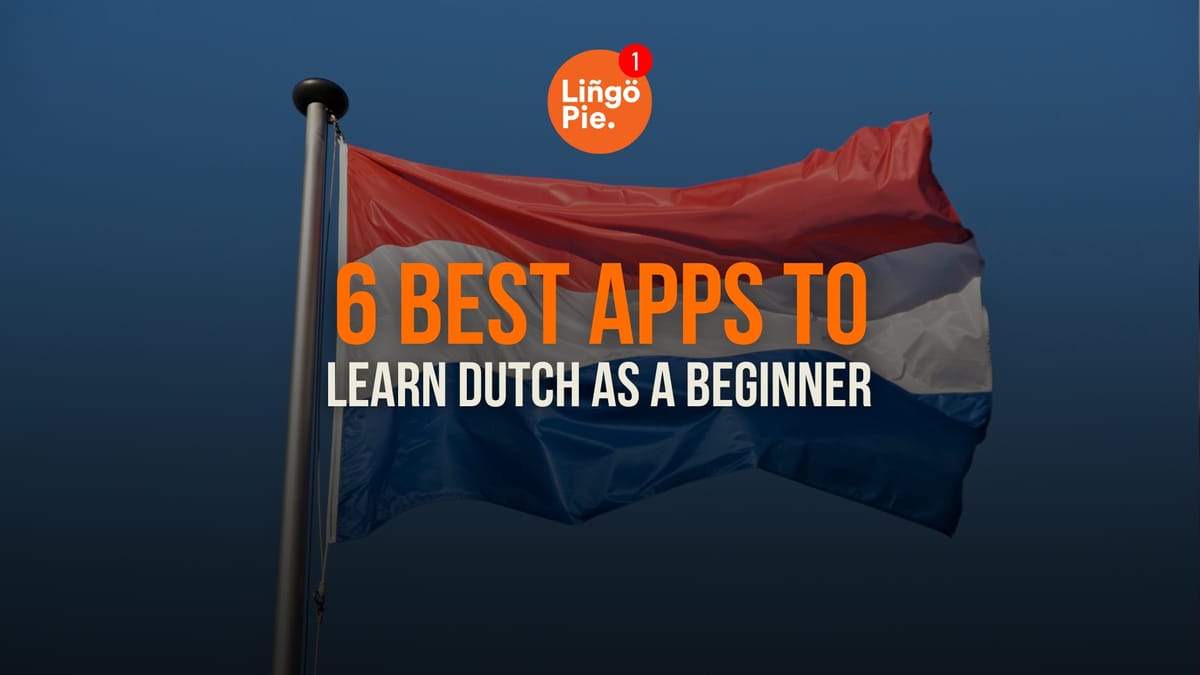

![Hobbies In Japanese: 50+ Words, Phrases, And Tips [2025]](/blog/content/images/2025/09/Hobbies-in-japanese.jpg)
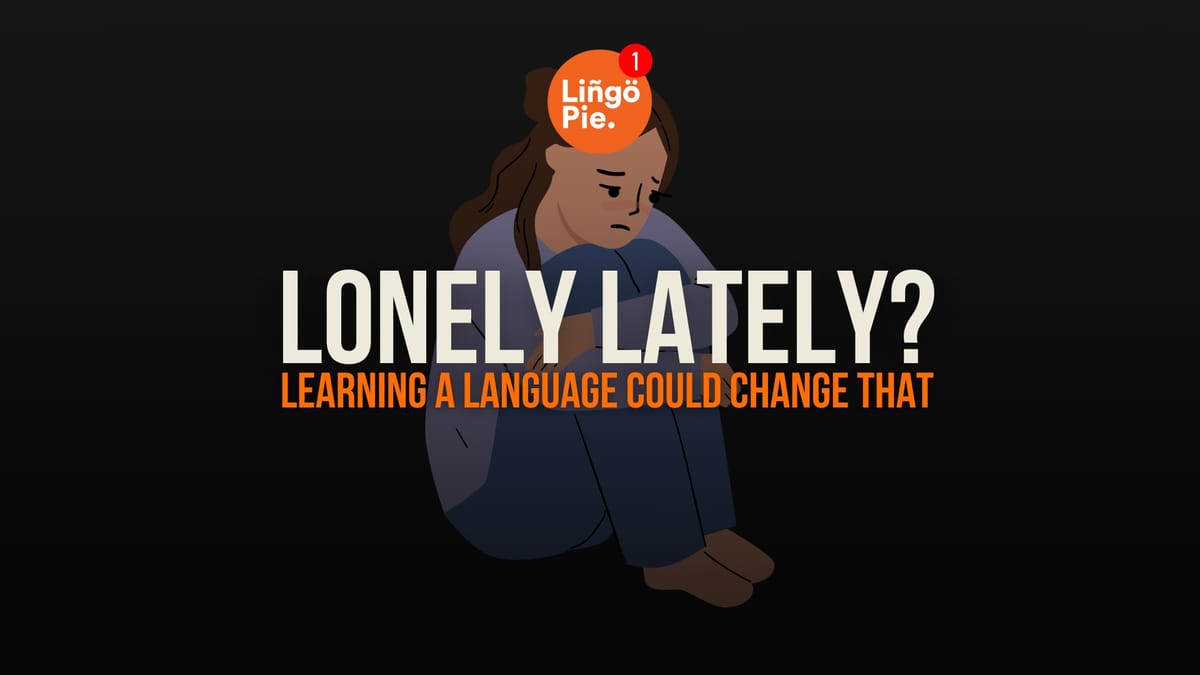
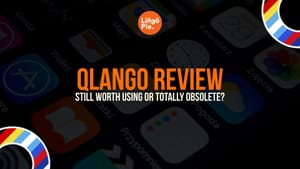
![9 Best Spanish Translator Apps And How To Use Them [2025]](/blog/content/images/size/w300/2025/11/IMG_4047.jpeg)
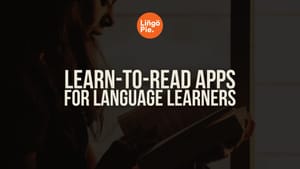
![Language Reactor Review: Why Lingopie Is The Better Choice for Language Learning [2025]](/blog/content/images/size/w300/2024/12/Language-Reactor-Review.jpg)